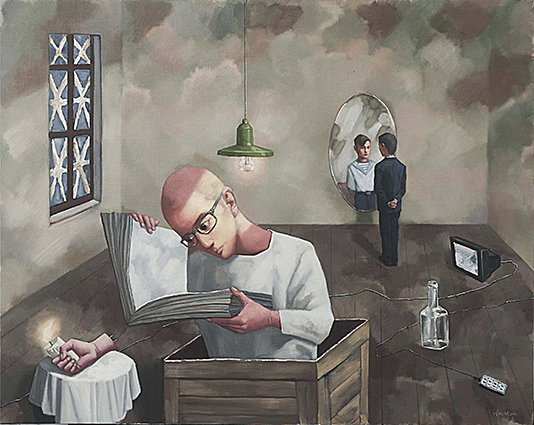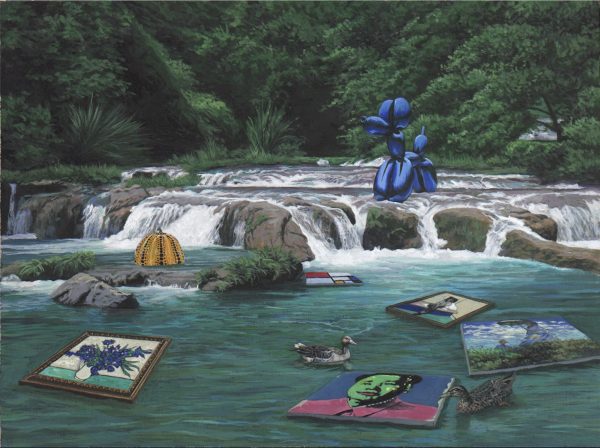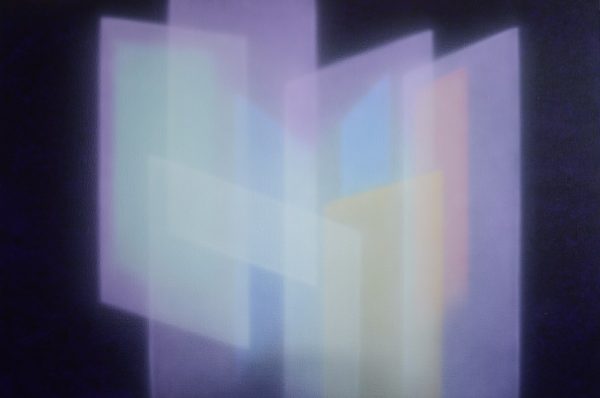The contemporary art market in China has grown faster than any other markets in the world over the past ten years, with its fair deals of side effects – positives and negatives. However, what we are witnessing now is as impressive as its growth: its capacity to change and adapt to new realities, in a fraction of time compared to the Western art market’s long history.

Here are the five most often heard myths, and why in today’s art market, they should be consigned to the bin.
1. It’s All About Speculation
The Myth: There are no collectors, only investors. Chinese are great gamblers, and art, as an unregulated market is nothing but another Macau. Just look at the number of art funds in China: they represent a whopping 70% of the global market, according to Deloitte.

The Reality: As Chinese contemporary art’s demand continue to increase on a global scale, shady art funds usually close quickly and are increasingly under the scrutiny of the government. In addition, there are a lot of real Chinese collectors within China, who don’t focus on profit, and instead spend their money to open museums or foundations to support the Arts & Culture, such as K11 or the Long Museum opened by Chinese billionaire Liu Yiqian. There are also serious galleries and artists who focus on selling quality collections to the right person than simply just producing another invoice. They’ve learned the lessons. Are there still buyers who speculate? Of course – but just like in any other art market in the world.
2. It’s All About Forgery
The Myth: Forgery, fakes, copies, you name it – they are the rule, not the exception. These fakes are so good that sometimes even the experts cannot tell the difference. In turn, this creates inflated numbers for the market.
The Reality: No question that fakes are a major problem when dealing with antiquities and traditional art in China, but this is not the case with contemporary art. The artist is alive, and both sellers and buyers can authenticate works quite easily. This debate could be endless sometimes, but what is certain is the increased visibility which greatly enhance buying confidence, since while China was nowhere on the map 10 years ago, it’s now in the top 3 Art markets in the world.
3. There Are No Rules
The Myth: Put a work at auction in China, and pray to be paid. Buy a work at auction, and pray to get delivered. Forget about rules in the private sales market. And good luck taking your claim into a Chinese court.

The Reality: Why did China recently welcome Christie’s and Sotheby’s in their territory? It’s not for charity. It’s to learn and adjust. As Mr. Zhang, Head of the Auction Associations in China said: “Bringing in Western auction houses is like putting a crocodile in a pond. It makes the fishes swim faster.” As the Chinese art market opens up, it has embraced more standards and rules in order to compete globally, not just locally. This will automatically create a transparent market.
4. It’s Only a Local Market
The Myth: Only Chinese collectors buy contemporary art from China and they don’t buy anything else.
The Reality: The market is becoming way more international at an lightning speed since the past two decades. Buyers of Chinese contemporary art are from all over the world and this will increasingly be the case with strong auction records solidifying the status of Chinese contemporary art. With the number of international venues increasing continuously for Chinese artists, no doubt that this trend will continue.
5. It’s All About Chairman Mao
The Myth: Chinese contemporary art is repetitive, kitsch, only about Mao and the Cultural Revolution. The current art scene is far away from the conceptual and refined artists from the West.

The Reality: False. Cultural themed artworks are distinctively Chinese and its historical roots and heritage links are not to be forgotten. However, there are also many fantastic artists in China whose creativity and originality goes beyond a generalisation, successfully creating a wide variety of artistic styles. While some of the first generation of Chinese artists took some time to digest Western influences, the game is now completely different. There is truly something out there for everyone, if you stop to see.
